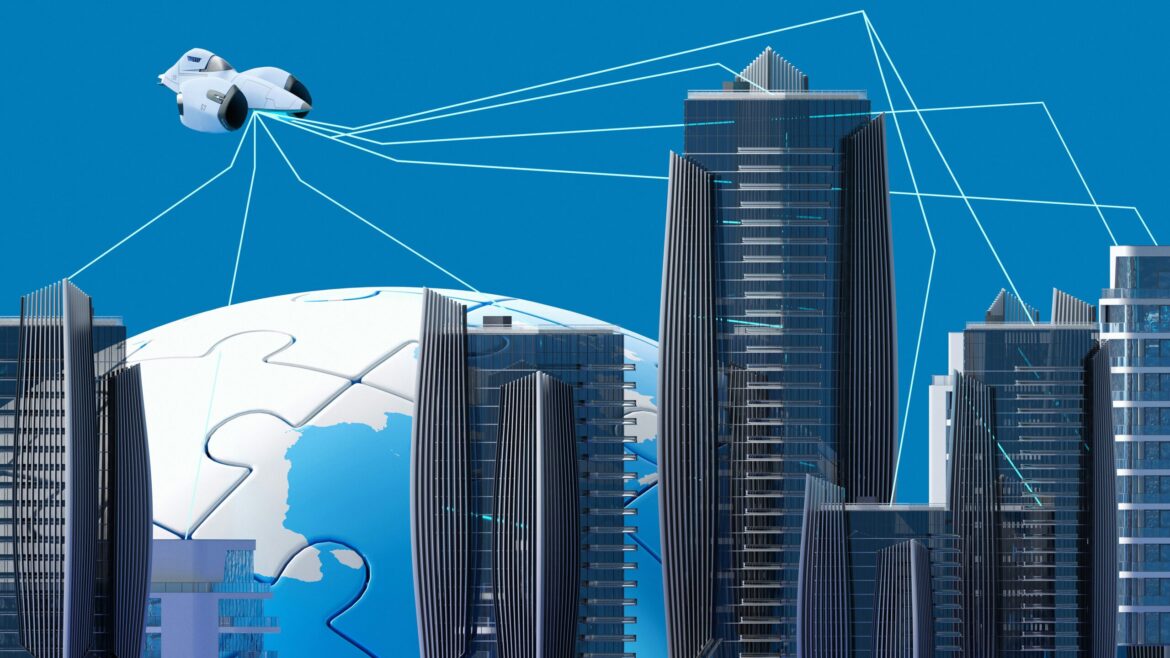As urbanization continues to accelerate, cities around the world are embracing innovative approaches to development that prioritize sustainability, technology, and improved quality of life. The rise of smart cities is at the forefront of this transformation, as urban planners, technology companies, and sustainability advocates work together to reshape how we live, work, and interact within urban spaces. With a focus on cutting-edge technology and green building practices, smart cities are addressing many of the challenges posed by rapid urban growth, such as resource management, pollution, and infrastructure strain.
Cities like San Francisco, Seattle, and Denver are leading the way in adopting smart city innovations, setting the stage for what urban life could look like in the future. These cities are investing heavily in sustainable infrastructure projects that not only enhance livability but also reduce environmental impact. From energy-efficient buildings to the integration of the Internet of Things (IoT) and artificial intelligence (AI) into urban systems, smart cities are laying the groundwork for a more sustainable and connected future.
One of the most significant trends in urban development is the growing number of green-certified buildings. According to the U.S. Green Building Council (USGBC), the demand for environmentally responsible buildings continues to rise, with millions of square feet of green-certified space added to cities every year. San Francisco, known for its commitment to sustainability, has seen a dramatic increase in green-certified buildings, with many new developments meeting LEED (Leadership in Energy and Environmental Design) standards. These buildings use less energy, reduce carbon emissions, and provide healthier living environments for residents.
Seattle, another leader in sustainability, is also making strides in eco-friendly development. The city has implemented various energy-efficient infrastructure projects, such as smart grids that optimize energy consumption, and has become a hub for green building practices. Additionally, the city has committed to becoming carbon neutral by 2050, pushing developers and city planners to focus on sustainable growth. Seattle’s emphasis on green spaces, public transportation, and low-emission buildings is reshaping how urban areas are designed and function, paving the way for more sustainable cities across the country.
In Denver, the adoption of smart city technology is being paired with a commitment to environmental responsibility. The city has integrated renewable energy sources into its infrastructure, including solar panels and wind energy projects that power public buildings and transportation systems. Denver is also a pioneer in using AI and IoT to improve urban mobility, traffic management, and waste management. Through smart sensors and data analytics, the city is optimizing traffic flow, reducing energy waste, and improving public safety.
The rise of smart cities is closely tied to the integration of advanced technologies such as AI, IoT, and renewable energy. AI is playing a key role in managing everything from traffic congestion to waste disposal. By collecting real-time data from sensors embedded throughout the city, AI algorithms can optimize urban services, making cities more efficient and reducing costs. In Seattle, for example, AI is used to monitor air quality and adjust traffic patterns to reduce pollution. These technologies allow cities to respond dynamically to changing conditions, improving the overall quality of life for residents.
IoT devices are also transforming urban infrastructure. Sensors that monitor energy use, water consumption, and waste levels are helping cities become more resource-efficient. These devices allow for real-time data collection and analysis, enabling better decision-making and proactive management of resources. In San Francisco, for example, smart streetlights are being used to conserve energy by adjusting their brightness based on traffic patterns, while waste bins equipped with sensors alert waste management teams when they need to be emptied, reducing unnecessary pickups and improving efficiency.
Renewable energy is a critical component of smart cities. Many urban centers are investing in solar, wind, and geothermal energy systems to reduce their dependence on fossil fuels and minimize carbon footprints. San Francisco has become a leader in solar energy, with large-scale solar projects integrated into both residential and commercial buildings. Similarly, cities like Seattle are leveraging wind and hydroelectric power to provide clean energy to their grids. By incorporating renewable energy into urban planning, cities are not only reducing their environmental impact but also promoting energy independence and resilience.
The benefits of smart cities and sustainable growth are clear. Cities that prioritize sustainability through smart technologies and green infrastructure are becoming more resilient to climate change, less reliant on non-renewable resources, and better equipped to handle the demands of growing populations. Additionally, these cities are providing healthier, more livable spaces for residents, with improved air quality, better public transportation, and enhanced green spaces.
However, the transition to smart cities is not without its challenges. Urban developers, local governments, and technology companies must work collaboratively to overcome obstacles such as high upfront costs, regulatory hurdles, and public skepticism. Ensuring equitable access to the benefits of smart city technologies will also be essential, as there is a risk that these advancements could deepen existing inequalities if not implemented inclusively.
In conclusion, the future of urban development is being shaped by the rise of smart cities and sustainable infrastructure. Cities like San Francisco, Seattle, and Denver are leading the charge in adopting green building practices, renewable energy solutions, and smart technologies that improve urban efficiency and quality of life. As these cities continue to grow and innovate, the rest of the world is watching, as the transition to smarter, more sustainable urban environments will likely be key to addressing the challenges posed by climate change, urbanization, and resource scarcity. The future of urban living is not just about technology—it’s about creating cities that are more connected, resilient, and sustainable for generations to come.

